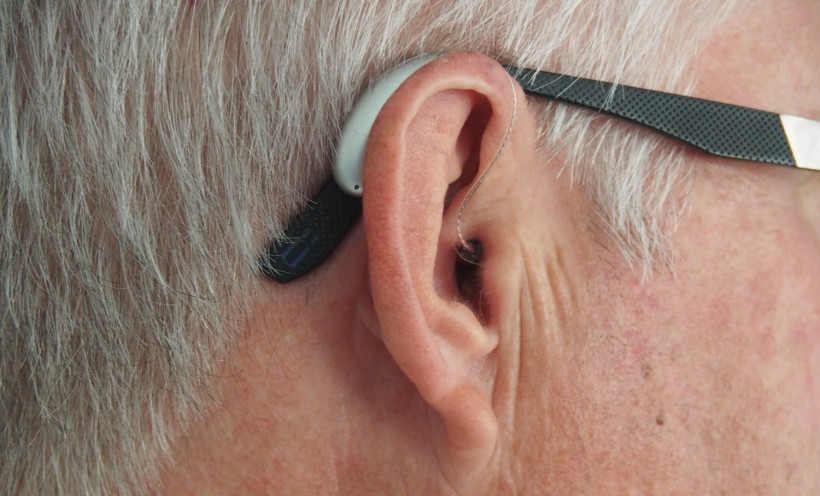Scientists led by researchers from Northwestern University in the US have discovered a "master gene" that programs hair cells in the outer and inner ear to grow, overcoming a major hurdle in restoring hearing.
Cochlear hair cells are the primary receptor cells in the ear that convert sound and head movements into electrical signals transmitted to the brain. Damage to it is irreversible and could lead to deafness. Researchers are hopeful that this breakthrough study could lead to new treatments for deafness.

Deafness Cure: Scientists Identified 'Master Gene' That Regrows Lost Ear Hair Cells Involved in Hearing Loss
Damage to Outer and Inner Hair Cells Lead to Hearing Loss
There are many ways to produce artificial hair cells. However, researchers of the new study said that these do not differentiate between the outer and inner ear hair cells that provide different functions.
Study lead author Jaime García-Añoveros said in a statement via Science Daily that their findings give them the first clear cell switch to make one of the two types of ear hair cells and provide a previously unattainable tool to make them. Ultimately, it helped overcome a significant hurdle in finding novel treatments for deafness and hearing loss.
Deafness and hearing loss is most often caused by the death of hair cells in the outer ear by the cochlea, which is developed in the embryo and does not reproduce. Hair cells expand and contract as sound waves enter the ear and amplify that sound to the inner hair cells that transmit vibrations to neurons that send it to the brain to create the sounds people hear.
According to MailOnline, hearing loss due to damage or deterioration of hair cells in the outer ear naturally happens as a person ages. But it could also occur from excessive noise, certain drugs, and treatments like chemotherapy. By the time symptoms of hearing loss are noticed, many hair cells have already been destroyed and cannot be repaired or are irreversible.
Master Gene Triggers Hair Cell Growth to Cure Deafness
In the study titled "TBX2 Is a Master Regulator of Inner Versus Outer Hair Cell Differentiation," published in the journal Nature, scientists reported a breakthrough discovery of a single master gene that can regulate hair cells in the outer and inner ear to restore hearing. The team points out that this is a significant step forward in carrying out lab experiments.
The research team found the master gene called TBX2 in mice experiments in which they become inner hair cells when expressed but become outer hair cells when they are blocked, Science Alert reported.
García-Añovero, a neuroscientist, said that their findings provide a previously unavailable tool to make an inner or outer hair cell overcome a major challenge in creating treatments for hearing loss.
Researchers are looking forward to translating their findings into actual workable cell development through a gene cocktail that will make a cochlear hair cell from a non-hair cell.
Despite positive results, they emphasized that it is still at an experimental stage, and there are still a lot of things to do before these findings can be put to use.
RELATED ARTICLE: Near-Infrared Light Directed Into the Ear Aids Against Hearing Loss
Check out more news and information on Hearing Loss in Science Times.




![Earth's Quasi-Moon Kamo‘oalewa Could Originate From Lunar Surface Not Asteroid Belt [Study]](https://1721181113.rsc.cdn77.org/data/thumbs/full/53275/89/56/50/40/earths-quasi-moon-kamo-oalewa-could-originate-from-lunar-surface-not-asteroid-belt-study.png)









